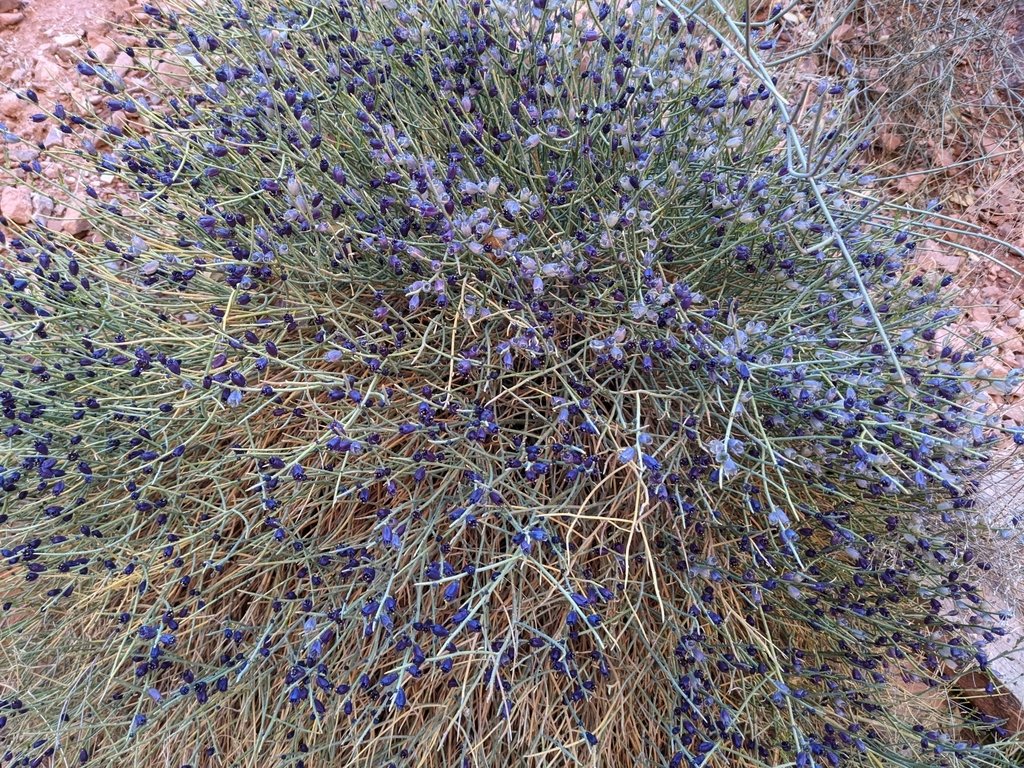The Genus Thamnosma
Desert Rue, Turpentine Bush
Family: Rutaceae
Strange, glandular, broom-looking plants with very aromatic stems and foliage. Plants grow 1-2’ tall and slightly wider. Pink or dark purple or even blueish flowers appear in spring into summer.
Plant in full to part sun, plant in soil with good drainage. Moderate to low water when established. Plants hardy to about 15°F.
Nectar-rich flowers attract butterflies, bees, hummingbirds and other pollinators. Larval host for the following butterflies:
Black Swallowtail (Papilio polyxenes)
Broad Banded Swallowtail (Heraclides pallas ssp. bajaensis)
Ruby-spotted Swallowtail (Heraclides anchisiades)
Plants used medicinally, both internally and externally by many people.
Photo of Thamnosma montana by Zoltán Stekkelpak, iNaturalist
Thamnosma is Greek for odorous shrub. The species montana translates to “mountain” referring to the plant’s preferred habitat (rocky foothills). The species texana refers to where that species is found (though it is also found in New Mexico and Arizona). There are 15 species found in southern Africa, Arabia, Socotra and southwestern North America. We have two species in Arizona (and North America).
Turpentine Broom (Thamnosma montana) Native to desert mesas and slopes, foothills below 4500' in Arizona, California, Nevada, Utah and south into northern Mexico. Photo by Cristian A. D. Meling L., iNaturalist
Dutchman's Britches (Thamnosma texana) Found on dry rocky slopes and flats from 2,000-5,000' in Arizona, southwestern New Mexico, Texas; south to central Mexico. Photo by Patrick Alexander
Swallowtail larvae on a yellow-flowering Thamnosma texana, photo by Kathy McAleese, iNaturalist
The glandular fruits of Thamnosma texana, photo by Joey Santore





